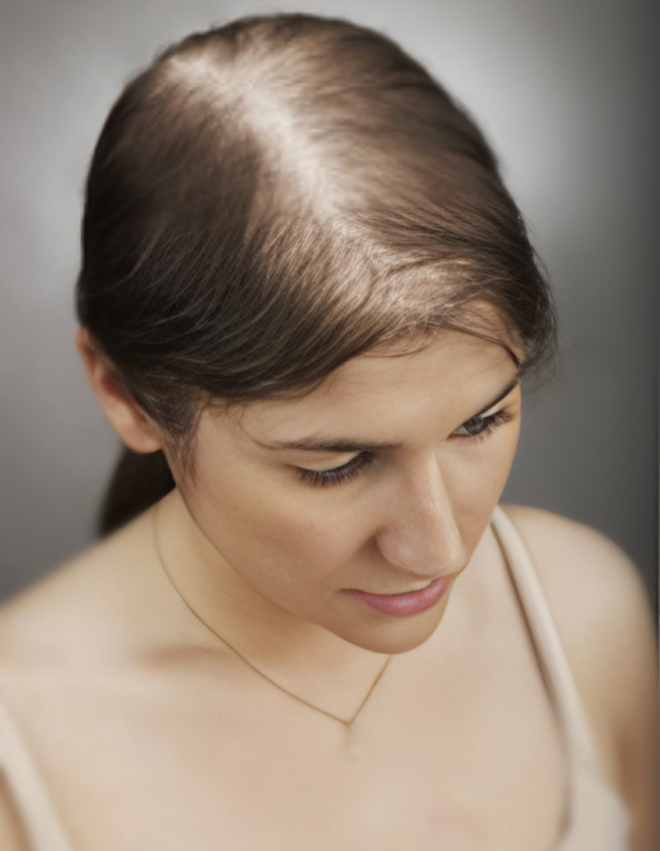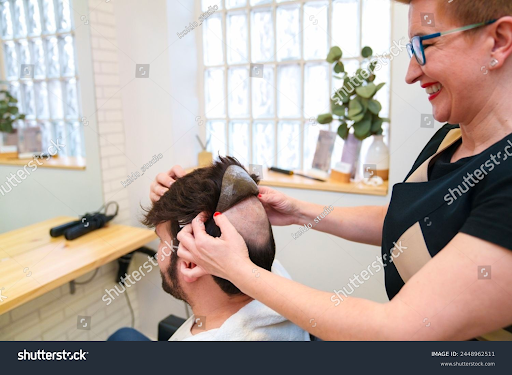Alopecia, Hair Loss & Baldness
TAKE CONTROL OF HAIR LOSS


Alopecia is an autoimmune disorder that causes hair loss or baldness—often suddenly and unexpectedly.
If you have noticed circular or patchy areas of hair loss on your scalp, it could be alopecia. In some cases, the condition can progress quickly, affecting larger areas of the scalp—or even the entire body. We understand how overwhelming this can feel, especially when it happens without warning.
At World Hair Institute, we specialize in custom-made hair replacement systems for people experiencing all types of alopecia. Our individualized programs are designed to help you restore your look with confidence—so natural-looking, no one will be aware you have hair loss.
Already Have Hair You have Purchased?
We recommend sourcing your hair through us for the best quality and long-term wear. However, we also understand the value of your current investment. If you presently have a hairpiece or system, we can help you get the most wear from it.
We offer expert services such as:
• Cap adjustments for comfort and fit
• Repairing torn caps or base materials
• Correcting poor haircuts or thinning areas
• Adding length or volume
• Filling in fringe/bang areas
• Peek-a-boo highlights or lowlights
• Custom color: root touch-ups, ombré, hi/low-lights, or full recolor
• Weft additions or removals
• Customizing fit for security and comfort
• Converting wigs into toppers, band falls, hat falls, jogging caps, or clip-ins
• And much more—just ask us!


FREQUENTLY ASKED QUESTIONS ABOUT ALOPECIA, HAIR LOSS & BALDNESS
Alopecia areata is the most common form of alopecia and is considered an autoimmune disorder. Your immune system mistakenly attacks healthy hair follicles, believing they’re harmful—causing hair to fall out in smooth, round patches.
There are three main types:
- Alopecia Areata: Patchy scalp hair loss
- Alopecia Totalis: Complete scalp hair loss
- Alopecia Universalis: Total body hair loss
While not physically harmful, alopecia can deeply affect your self-esteem and emotional well-being.
It’s normal to shed 75–150 hairs per day. New hairs typically replace the ones that fall out. Hair loss becomes a concern when:
- Shedding exceeds normal levels
- Hair grows back slower—or not at all
- You notice visible thinning or bald patches
Hair loss can be triggered by genetics, stress, nutritional deficiencies, medications, hormonal changes, scalp conditions, autoimmune diseases, and over-processed or tightly styled hair.
Alopecia areata results from immune cells attacking the hair follicle’s growth center. Fortunately, the follicle’s stem cells usually remain intact, meaning there is potential for regrowth—even after years.
Triggers may include:
- Environmental factors
- Viral infections
- Extreme stress
- Genetic predisposition
Unfortunately, there is no known cure—hair may grow back and fall out again unpredictably.
Yes. We treat and provide solutions for all forms, including:
Cicatricial Alopecia (Scarring Alopecia):
A rare condition where hair follicles are destroyed and replaced with scar tissue beneath the skin. The hair loss is permanent and may be painful when inflammation is active. It’s not contagious and can affect otherwise healthy individuals of all ages.
Frontal Fibrosing Alopecia:
A type of scarring alopecia that causes hairline recession from temple to temple. Regrowth is rare, and early treatment is key.
Traction Alopecia:
Often caused by repeated tight hairstyles like braids, extensions, or ponytails—this condition affects the edges of the hairline, particularly in people of African descent. The hair may stop growing back over time if the tension continues.
Yes! Visit our Our Friends & Partners page to find trusted resources for further education and support. If you still have questions, please call us at 312-372-4008—we’re here to help you regain self-confidence and control.

